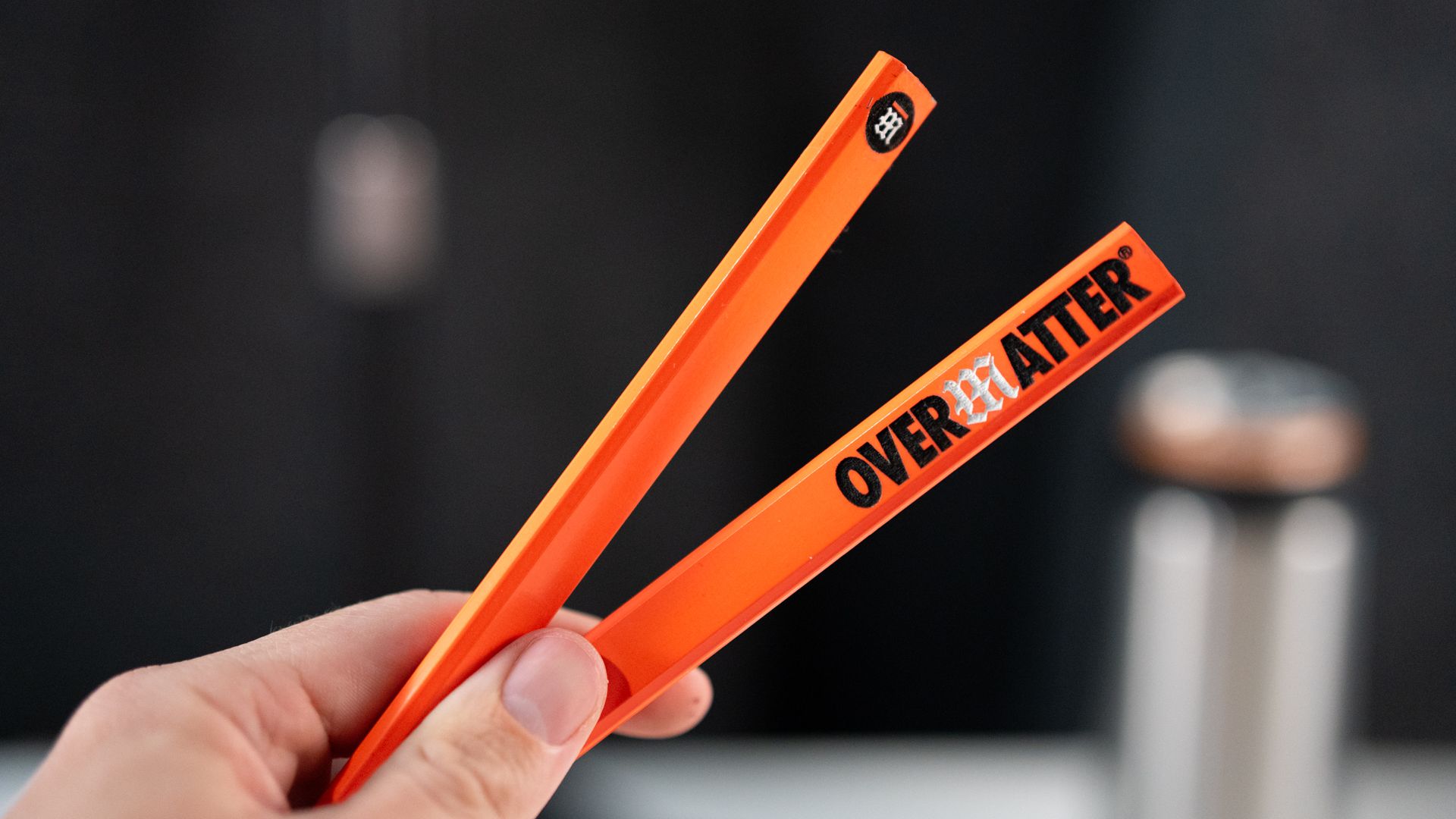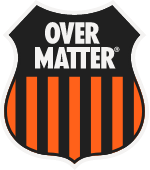This shift is about growth, clarity, and aligning our work with how our creative practices have evolved over time. Here’s a breakdown of the four main reasons behind the move. Here are some notes from Kaleb:
1. Growth and the Reality of Creative Partnerships
When my wife and I first started working together, our studio looked very different. Back in Illinois, we ran Pen & Lens, a collaborative agency where we photographed weddings, families, and engagements while also helping small businesses with their brands and visual storytelling. I helped on wedding days, she helped with the brand photography work.
When we moved to Idaho, we saw both a challenge and an opportunity — to build a name that reflected our shared work in a new place where no one knew us yet. That’s how Studio Ostendo was born. The word Ostendo means to reveal, which fit both sides of our work: Becky’s photography reveals love and relationships, while my design reveals the mission and values of brands.
Over time, our paths within the business began to branch out naturally. I focused more on brand development, web design, and business growth, while Becky specialized in client relationships with her wedding photography, and portrait session clients. The more each offering has grown, the wider the gap has become.
While we still collaborate (I handle her SEO and web strategy, and she supports me with photo editing and brand imagery) it's became clear that we’d both benefit from distinct brands for each area of expertise.
It's a hard pill to swallow, but often the best medicine tastes the worst.
2. SEO, Clarity, and Technical Growth
The next reason was purely tactical: search visibility in both traditional search engines and the growing LLM discovery front.
When we built Studio Ostendo, we bought several related domains — ostendo.design, ostendo.photography, ostendo.studio — to create a connected family of brands. It sounded smart in theory, and we liked that it echoed our collaborative approach, but in practice, it meant our sites were competing with each other.
A blog post about brand photography from my site might directly conflict with a page targeting photography on Becky’s. When as pages on ostendo.design grew in popularity, those on ostendo.photography shrank. This overlap made it confusing not only for search engines but also for clients who couldn’t always tell which services belonged to which of us.
Separating our brands allows us to target our unique audiences more effectively — and makes it much easier to explain who’s handling what or which link should be clicked on in search results.
3. Expanding Services and Offerings
Another reason for the rebrand was growth. Plain and simple.
Under Studio Ostendo, and as serial entrepreneurs, we're launching a growing number of new offerings: The Brand Meter Report, mockups, Kindred West, and more. Each new service added another layer of complexity to a structure that was never designed to hold this much diversity.
With Overmatter, the brand system is now positioned to scale naturally, allowing each new product or sub-brand to live under one cohesive but flexible umbrella.
That said, rather than trying to house so many offers under one roof and one brand, we'll start to launch more things as partnership/referral brands.
4. The Name is Sick
Finally, I just love the name.
I often have my best brainstorming sessions while at the gym, and many months back this name came to me. "What would it look like to have a different name?" "How would it work?" "Would the benefits outweigh the costs?". Like a bug in my brain, it was embedded.
There’s also an old bit of research about brand names that “stick”. One example often cited is Harvard. The repetition of the hard “R” sound (not that one) gives it weight and memorability. Overmatter has that same rhythm: the “V,” the two “R”s — it feels solid, grounded, and distinctly of American English.
It’s also much easier to spell, remember, and say than Ostendo, which even longtime collaborators occasionally mistyped or misremembered. A name that can’t be easily shared in conversation or search is a barrier to growth. After reading Ostendo mistyped in a referral email from one of my best clients, I knew no one else was getting it right. My fault, not theirs.
Beyond phonetics, Overmatter has its roots in design. In traditional typesetting, “overmatter” refers to the text or images that extend beyond the trim, ie. the parts that get cut off. While Becky first said, "Why would you want o be the part that's cut off?", metaphorically, that’s the unseen foundation of every great brand. The work behind the scenes is what shapes, cultivates, and emphasizes the final visible result.
That idea captures our philosophy perfectly: strong brands are built in the over matter. Our work is built in the strategy, research, sketches, meetings, pixels, and care that not many see, but everyone feels.
What’s Next for Overmatter
We're no big international brand with millions of lives at stake. You’ll continue to see more new offerings and sub-brands that stem from Overmatter, each with its own audience and focus, but all grounded in the same values of clarity, creativity, and cultural impact. And yes, Becky and I are still working together every day.
We’re also continuing our creative initiatives:
- Ligature Valley, a podcast exploring type design and its cultural role.
- Ostendo.Graphics, still publishing high-quality mockups and tools for designers.
Thanks for following along this journey — and welcome to Overmatter.





